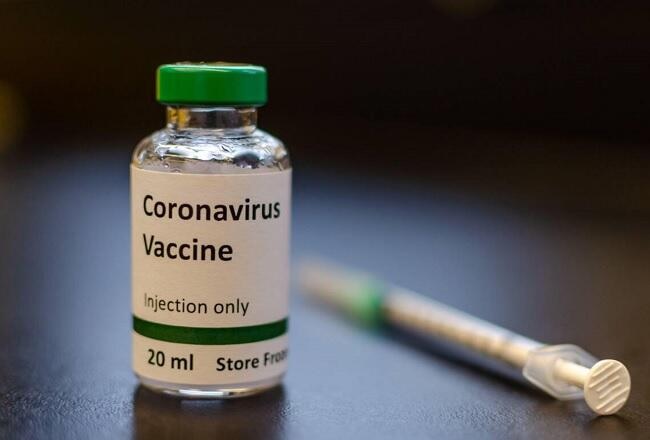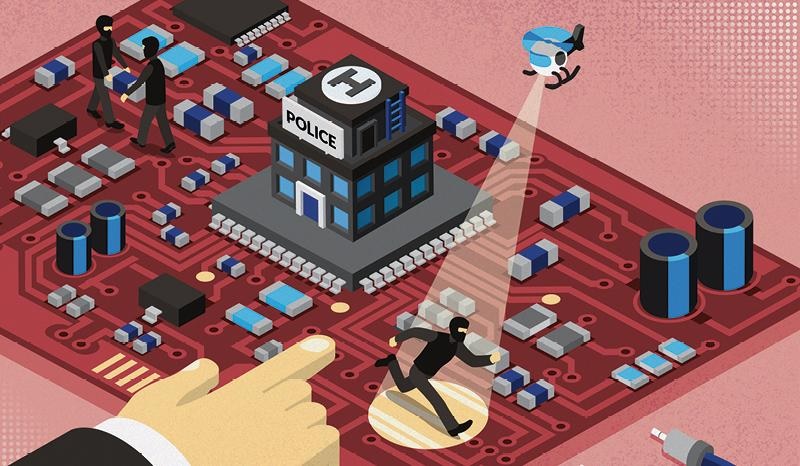Carding Forum
Professional
- Messages
- 2,788
- Reaction score
- 1,298
- Points
- 113
A miracle is an event that engenders faith. This is the purpose and nature of miracles. Scammers cheat. The event that engenders faith does not deceive: therefore, it is not a deception, but a miracle.
George Bernard Shaw

Machine learning is an essential part of the business for many, but not all businesses yet. Let's start by talking about the current online fraud trends that machine learning models are helping to combat.
According to PwC's report:
Thus, the threat of fraud is relevant and growing. This is a risk that many companies unfortunately ignore or underestimate.

Recent trends are strongly associated with the proliferation of smartphones around the world and COVID-19. Mobile fraud is one of the fastest growing threats, growing 117% over the previous year.
Phishing attacks are very common during crises. The FBI, IRS and Secret Service have independently issued warnings about COVID-19 fraud, including those involving fake charities soliciting donations and sites claiming to provide a coronavirus vaccine. Fraudsters use this type of fraud to collect sensitive data such as credit card numbers and then upload it for profit.

Officials from the financial intelligence units of Ireland, Germany and the Netherlands, as well as Interpol, are investigating a case of fraud related to COVID-19.
The investigation began after a German company tried to acquire 10 million face masks with an estimated value of 15 million euros from a fraudulent organization that cloned the website of a legitimate mask supplier in Spain. The cybercriminals were unable to fulfill the order given the current demand for masks and, through an Irish intermediary, directed the German company to a Dutch supplier. The German company then placed a € 7.7 million order for masks through what they later discovered was a cloned version of the website of a reputable Dutch supplier, and made a down payment of € 1.5 million. Thereafter, representatives of the German and Irish companies visited the office of the legitimate Dutch company, where they were told, that they were not aware of this order at all and did not know about the existence of this clone site in the same way. The investigation is ongoing.

There are a number of factors to consider when implementing effective machine learning, which include:

It cannot be said that ML is 100% safe from financial fraud in the form of chargebacks or other types of fraud. But with the help of ML, you can significantly reduce the number of frauds and prevent such risks as “abuse”, direct losses on commissions for chargebacks, loss of reputation with the payment processor and directly loss of trust of your business customers. Therefore, if your company is still on the way of implementing a customer and order verification system (manually or using machine learning), I advise you not to save money. The greedy is known to pay twice.
ML allows computers to learn from their own experience, adapt to the given parameters and perform those tasks that were previously only possible for humans. And in many cases, and to perform those tasks that were beyond the control of a person or took too long. For fraud, cyber fraudsters can use many methods: phishing, skimming, social engineering, carding, "Nigerian letters", etc. It is the task of each of us in business to train models so that they can anticipate and neutralize old and new types of fraud as quickly as possible. The possibilities are endless, and so far we have just touched on the basic capabilities of artificial intelligence to prevent fraud.
George Bernard Shaw

Machine learning is an essential part of the business for many, but not all businesses yet. Let's start by talking about the current online fraud trends that machine learning models are helping to combat.
According to PwC's report:
- 47% of companies experienced fraud in the last 24 months;
- almost half of them suffered from at least one fraud;
- 40% of fraud was committed by employees and the same 40% - by outside offenders. The remaining 20% falls on groups of employees + fraudsters who have conspired among themselves;
- the total cost of these crimes is approaching US $ 42 billion. This is real money stolen from company accounts;
- 13% of respondents faced with fraud estimate their losses at $ 50 + million.
Thus, the threat of fraud is relevant and growing. This is a risk that many companies unfortunately ignore or underestimate.
Fraud type - mobile fraud + COVID-19

Recent trends are strongly associated with the proliferation of smartphones around the world and COVID-19. Mobile fraud is one of the fastest growing threats, growing 117% over the previous year.
Phishing attacks are very common during crises. The FBI, IRS and Secret Service have independently issued warnings about COVID-19 fraud, including those involving fake charities soliciting donations and sites claiming to provide a coronavirus vaccine. Fraudsters use this type of fraud to collect sensitive data such as credit card numbers and then upload it for profit.
Fraud type - site clones

Officials from the financial intelligence units of Ireland, Germany and the Netherlands, as well as Interpol, are investigating a case of fraud related to COVID-19.
The investigation began after a German company tried to acquire 10 million face masks with an estimated value of 15 million euros from a fraudulent organization that cloned the website of a legitimate mask supplier in Spain. The cybercriminals were unable to fulfill the order given the current demand for masks and, through an Irish intermediary, directed the German company to a Dutch supplier. The German company then placed a € 7.7 million order for masks through what they later discovered was a cloned version of the website of a reputable Dutch supplier, and made a down payment of € 1.5 million. Thereafter, representatives of the German and Irish companies visited the office of the legitimate Dutch company, where they were told, that they were not aware of this order at all and did not know about the existence of this clone site in the same way. The investigation is ongoing.
Artificial intelligence against fraud

There are a number of factors to consider when implementing effective machine learning, which include:
- Controlled models (supervised), which are based on the marking of data as fraudulent or non-fraudulent so that the computer can detect legal or illegal models. Unsupervised models use a form of self-learning by grouping data points together to fill in gaps when there is little or no tagged data.
- Behavioral analytics uses machine learning to anticipate the behavior of each account owner (user), such as transaction patterns. Based on this, the machine is able to detect anomalies in behavior. In the case of uncharacteristic spending, algorithms may assume that this is illegal (fraudulent) behavior.
- Shared models built on behavioral analytics carry many risks. While generic models can detect obvious anomalies, specialized models are capable of detecting more subtle and less obvious cases of fraud, such as when a fraudulent transaction occurs but is consistent with typical cardholder behavior. Specialized analytics use advanced profiling, fraud prediction characteristics, and adaptive capabilities to differentiate themselves from generic models.
- Machine learning becomes more accurate when it has a large amount of data to learn from. When fraud is detected, millions or even billions of lines of data allow the computer to have a complete picture of what is and is not a fraud. In the context of the development of crime, it is important that the ML has as many examples as possible in order to be effective. While raw data is important, best-in-class models use adaptive technologies that continually learn from any additional inputs so you can adjust your decisions based on current conditions.

It cannot be said that ML is 100% safe from financial fraud in the form of chargebacks or other types of fraud. But with the help of ML, you can significantly reduce the number of frauds and prevent such risks as “abuse”, direct losses on commissions for chargebacks, loss of reputation with the payment processor and directly loss of trust of your business customers. Therefore, if your company is still on the way of implementing a customer and order verification system (manually or using machine learning), I advise you not to save money. The greedy is known to pay twice.
ML allows computers to learn from their own experience, adapt to the given parameters and perform those tasks that were previously only possible for humans. And in many cases, and to perform those tasks that were beyond the control of a person or took too long. For fraud, cyber fraudsters can use many methods: phishing, skimming, social engineering, carding, "Nigerian letters", etc. It is the task of each of us in business to train models so that they can anticipate and neutralize old and new types of fraud as quickly as possible. The possibilities are endless, and so far we have just touched on the basic capabilities of artificial intelligence to prevent fraud.
